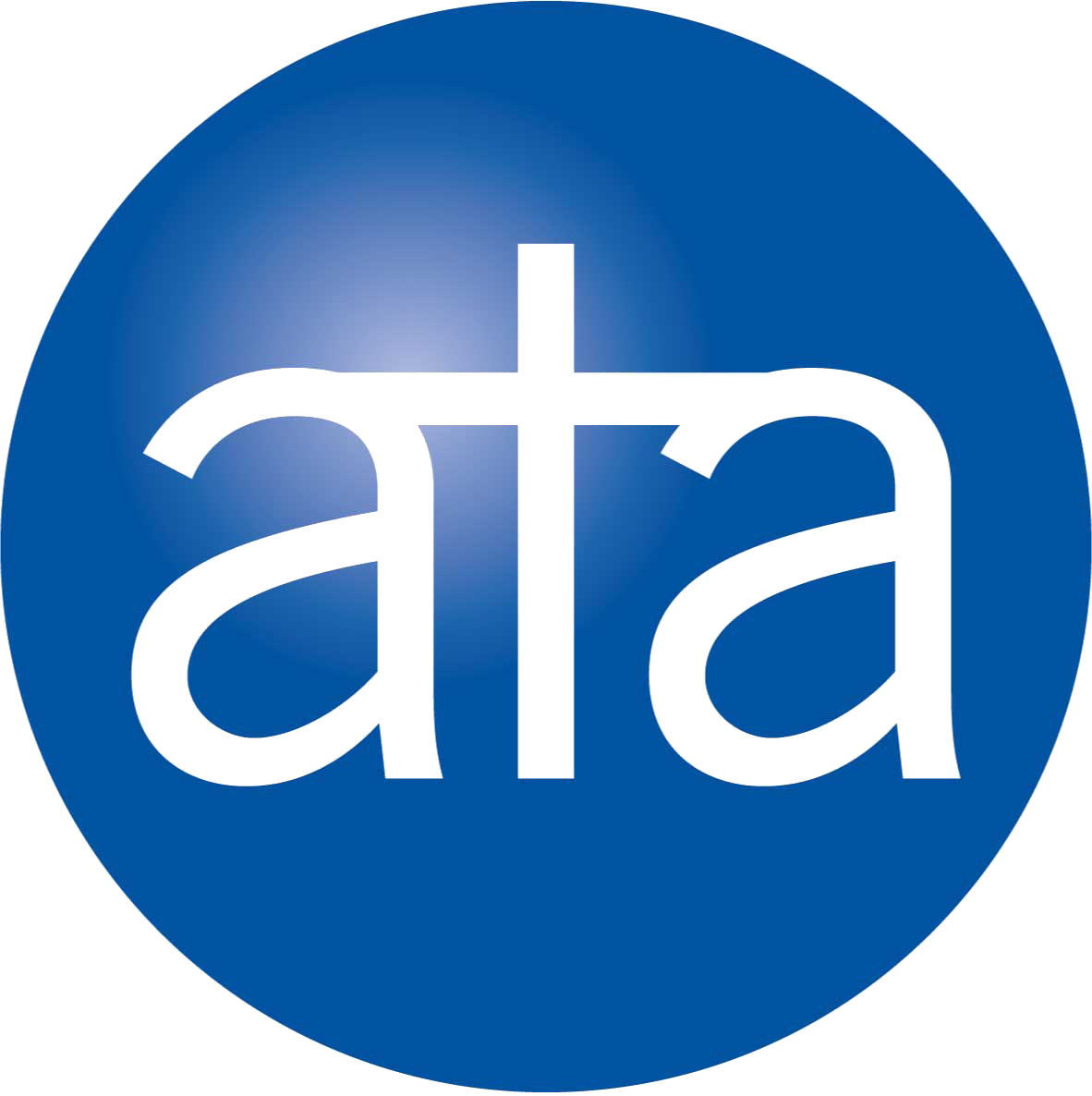Four Key Steps to Building a Better Board
Building a Board is hard. Over the past 25 years, I have served on multiple Boards of growing companies. Below are four insights on building a better Board for your company.
1. Prepare for a journey, not an event
You may have existing Board members appointed by investors, family or for other reasons.
Consider what your key challenges are? What are your team’s skill and experience gaps? What are your own gaps as a leader? How could new Board members help? How might you attract the right high calibre individuals?
Carry out due diligence in the selection of Board members. Don’t just go for ‘trophy’ directors. As part of your Board building process, ask three questions of potential non-execs:
- What do you think it will take to grow my company from x to y revenue?
- Why do you want to be on my Board?
- What have you contributed to other Boards?
Consider how you will compensate non-executive directors for their time and commitment.
2. Ensure the role of the Board is clear
For founders, the broadening of consideration beyond their personal interests can be uncomfortable. Think through the role and purpose of the Board. Work this though with your chairperson or trusted advisor.
A good Board member helps the CEO clarify thinking, evaluate options and make better decisions. Self-evaluation is hard and true objectivity is rare.
Keep in mind that the Board’s role will evolve from operational e.g. helping with international sales hires, to a more strategic one, where it may advise and challenge strategic direction and possible acquisitions. At the start of each year, identify the top three issues you want the Board’s help on.
Board members are your partners in the development of the company. Their role is to ask tough questions and not to be ‘yes men’. They should be supportive, provide guidance and hold the management team accountable. Encourage candour and honest critique through a climate of trust. Encourage board members to challenge both the CEOs and management teams assumptions and beliefs.
In addition to approving the annual budget and challenging company strategy, the Board should have small working committees to review and approve annual audits and executive compensation plans. Ask your chairperson to implement a simple process for annually evaluating Board effectiveness.
3. Manage Board composition well
Recruit the best chairperson you can find, preferably a former senior executive in your industry who all stakeholders will trust. This person should have a track record in doing ‘the right thing for the business’ and be able to manage the Board’s social and political relationships.
The Chairperson should provide leadership, by encouraging tough questions, sharing different perspectives and ensuring focus on the critical few priorities for the business. He/she should create a culture that enables all Board members to challenge each other’s thinking.
Some days the Chairperson may help manage investors – other day’s help may include operational or team alignment challenges. He/she should be a coach and confidant, providing feedback on your performance as CEO.
Keep Board numbers small early on. It can be easy to get somebody onto your Board but hard to get them off. Board building is an ongoing activity and different skills will be needed at different stages.
A good non-exec rarely misses Board meetings, arrives well prepared and participates actively outside meetings. Some investor Board members may have contact networks and business-building skills that are more important than their money – others may have little value to add.
Don’t have too many of your management team on the Board. This lessens its effectiveness and turns Board meetings into management meetings. In addition to the CEO, have the CFO/COO (as an invitee) to provide financial reporting and act as company secretary. Invite other members to present on a regular basis but not necessarily be present for all Board discussions.
4. Have better Board meetings
Schedule eight Board meetings a year supplemented by major strategy and budgetary meetings, possibly offsite with new voices like a customer or industry expert in part attendance.
Preparation and a formal structure help ensure productive meetings – emails stuffed with powerpoint decks arriving into inboxes on the morning of a Board meeting cause confusion.
Circulate a Board pack a week in advance with a proposed agenda, minutes from the last meeting, a CEO report describing key accomplishments and challenges, financial performance reports and short write-ups by each operating manager against agreed performance criteria.
Insight in Brief
- Many CEOs plough the leader’s lonely furrow with an ineffective Board.
- Others recognise the challenge and build a Board to help achieve their ambitions.
- Better Boards provide experience based advice and practical assistance. They help with sales, funding, facilitate important business introductions and attract key hires.
Insight in Action
- Prepare for a journey, not an event - Think about the factors that govern the success of your company and how a Board can help.
- Ensure the role of the Board is clear - An effective Board provides clear added value to the business, facilitating growth. Document the role of your board and hold them accountable against their agreed mandate.
- Manage Board composition well - Board building is an ongoing activity and different skills will be needed at different stages.
- Have better Board meetings - Like all other things in business, without good preparation you rarely have good performance. Preparation and a formal Board meeting structure help ensure productive meetings.


























